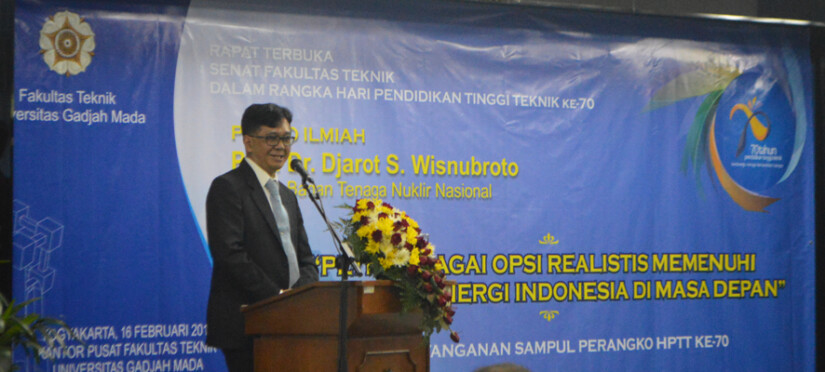
Urban development from time to time has affected climate change. Temperature is the second parameter after natural disaster impacted by climate change in urban areas. Predictably, of 67 percent of world cities, 40 percent has experienced urban climate change. One of the area potential to experience temperature change is the urban areas of Yogyakarta due to its dense population. Yogyakarta city is also full of buildings with only a little vegetation cover that makes the temperature high.
Based on red infra thermal image on climate change in Yogyakarta, it is known that high temperature lies in the urban areas. Lower temperature goes towards suburban, and gets colder outward. It gets even colder once it is further from urban areas.
“Distribution of high temperature is in the centre of Yogyakarta city on buildings cover of dense residential areas at the outskirt. There is dry open land there that creates high temperature,” said lecturer in Geography of Universitas Gadjah Mada (UGM), Drs. Retnadi Heru Jatmiko, M.Sc., during his open doctoral promotion in the Merapi Auditorium of the Faculty on Tuesday (16/2).
In the research on indicator of climate change on urban areas of Yogyakarta, Heru used red infra thermal system from year 2013 – 2014. Heru said the ground where there are buildings, asphalt, roofs, and ground cover of Yogyakarta is higher in temperature if compared with that of vegetation and non-buildings in the outskirts.
“The change in ground cover of urban areas has affected the temperature of object surface in the urban areas that will eventually affect the city temperature in micro level,” he said.
In his opinion, temperature is a climate parameter that can immediately be felt. Temperature change in an area very much relates to the change in ground cover. Use of red infra thermal on landsat 8 can be the indicator of the dynamics of land surface temperature in urban areas.


